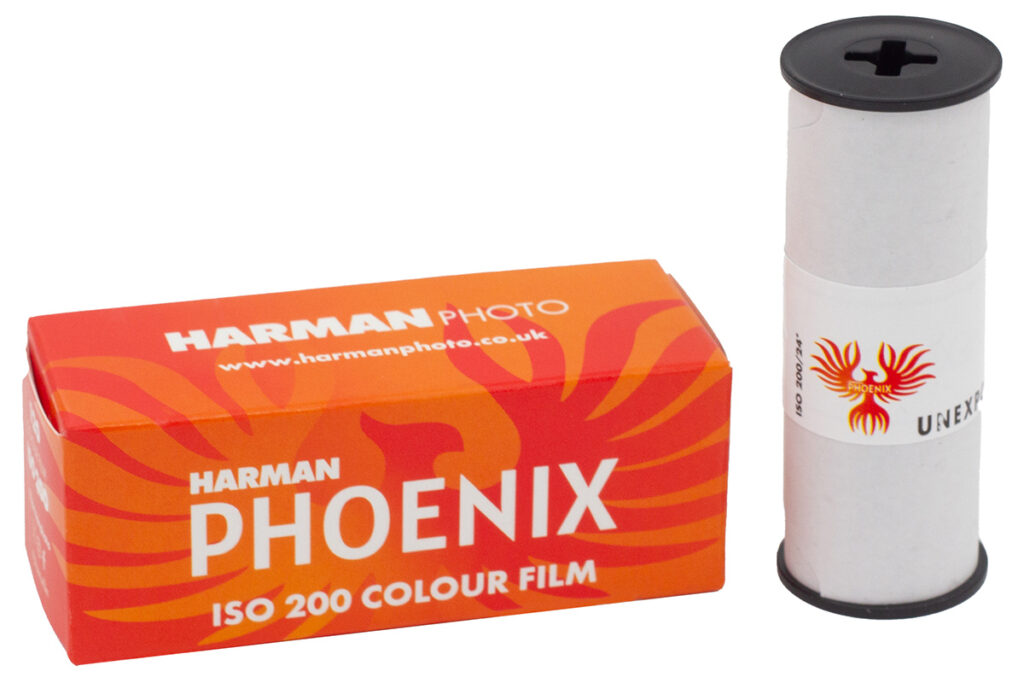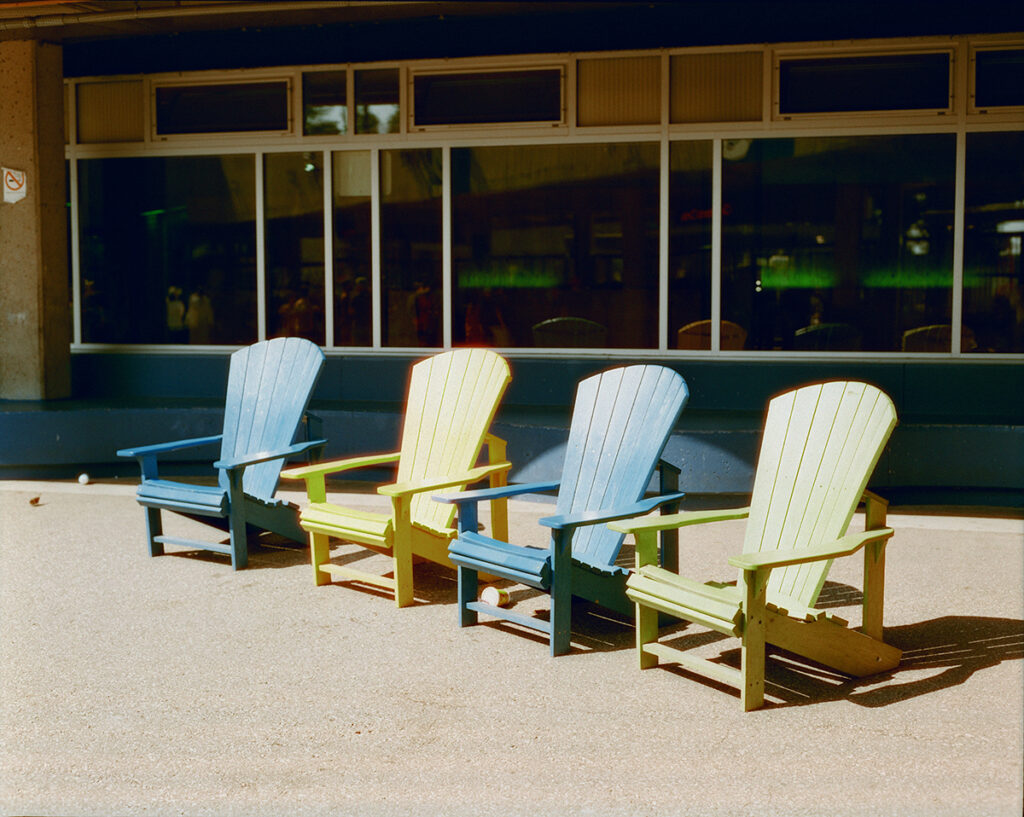At Graination, we’ve extensively tested Harman’s PHOENIX 200 120 film, gaining valuable insights into maximizing its unique properties. Thanks to contributions from our talented photographers Cui Hao, Zhang Chen, Ishkhan Ghazarian, and Winnie Yan, we’ve explored the full potential of Phoenix 200 across a range of scenarios. Here’s a detailed guide to help you get the most out of this medium format film.
1. Optimal ISO Settings for Different Conditions
Based on our testing, we’ve found that slightly overexposing Phoenix 200 enhances its performance, especially given its limited exposure latitude. Here’s how we recommend adjusting ISO settings for various lighting conditions:
- ISO 50 for Overcast or Diffuse Light: Shooting at ISO 50 in low-contrast environments, such as cloudy days or indoors with soft lighting, helps ensure detailed, well-exposed images. This setting allows the film to capture subtle tonal variations and enhances its
natural contrast. - ISO 100 for Sunny Days: When shooting outdoors under bright sunlight, setting your camera to ISO 100 provides the best balance of exposure. This moderate overexposure retains highlight detail and improves shadow definition, bringing out the film’s rich colour palette without overwhelming contrast.
- ISO 100 with Flash: For indoor or nighttime photography using flash, ISO 100 helps manage the intense light from artificial sources, avoiding blown-out highlights while maintaining detail in shadows. This setting is ideal for event photography or portraits where controlled lighting is essential.
Ishkhan Ghazarian @ishkhanghazarian
2. Embracing Phoenix 200’s Halation Effect
Phoenix 200’s distinctive halation effect, due to its lack of a traditional anti-halation layer, is one of its standout features. Our testing showed that:
- Backlit Portraits Shine: Positioning your subjects with the light source behind them amplifies the halation effect, creating a beautiful halo around bright spots. This technique is perfect for dreamy portraits or ethereal landscapes, where the light creates a glowing aura that enhances the subject’s presence.
- Use Bright Points of Light Creatively: Incorporating elements like streetlights, the sun peeking through foliage, or reflections off water can further intensify the halation, giving images a nostalgic, cinematic look. This effect is particularly striking during the golden hour, where natural light is soft yet vivid.
Winnie Yan @gali_gallery
3. Managing Contrast and Saturation for Optimal Results
Phoenix 200 is known for its high contrast and vibrant saturation. To bring out the best in your photos:
- Soften Harsh Light: Avoid shooting in harsh midday sun, which can result in excessive contrast and loss of detail in shadows and highlights. Instead, opt for softer lighting conditions, like early morning or late afternoon, to achieve a more balanced exposure.
- Utilize Reflectors and Fill Flash: Especially in portrait photography, using a reflector or fill flash can soften shadows and enhance skin tones. This approach ensures that the film’s vibrant colours are captured without harsh transitions, providing a more polished look.
Zhang Chen @benbenzhang21
4. Post-Processing and Scanning Techniques
The way Phoenix 200 is scanned and processed can significantly impact the final image quality. Based on our experience, we suggest:
- Enhancing Orange and Yellow Tones: By boosting these colours during scanning, you can emphasize Phoenix 200’s warm, retro vibe, giving images a timeless, nostalgic feel. This adjustment complements the film’s inherent warmth, making your photos look even more classic and evocative.
- Reducing Cyan and Lowering Contrast: Lowering cyan and the overall contrast during post-processing helps balance Phoenix 200’s high contrast nature. These adjustments maintain detail in the shadows and prevent highlights from being too overpowering, resulting in a more cohesive and visually pleasing image.
Cui Hao @element_h7
5. Achieving a Classic Film Look
Phoenix 200 naturally offers a warm, retro aesthetic reminiscent of classic colour film stock:
- Overexposure for a Warm, Retro Vibe: Shooting at a lower ISO to slightly overexpose the film enhances its inherent warmth and deepens shadow details. This technique is perfect for lifestyle photography, street scenes, or creative projects that benefit from a nostalgic, classic look.
Conclusion: Unlocking the Creative Potential of Phoenix 200
Harman’s Phoenix 200 120 film offers photographers a versatile tool for creative expression, blending modern quality with the charm of classic film aesthetics. By following these insights and recommendations from Graination — backed by real-world testing from photographers like Cui Hao, Zhang Chen, Ishkhan Ghazarian, and Winnie Yan — you can make the most of this distinctive film. Whether you’re seeking striking shadow detail, beautiful halation effects, or a warm, nostalgic colour palette, Phoenix 200 is a versatile and inspiring choice for any analog photographer.
Discussed Item
ABOUT THE AUTHOR – Neil Guo
Neil Guo, co-founder of Graination, holds a Bachelor of Fine Arts degree in Photography and has spent the past 14 years specializing in Fine Art Photography, Darkroom Processes, and Fine Art Printing.
























